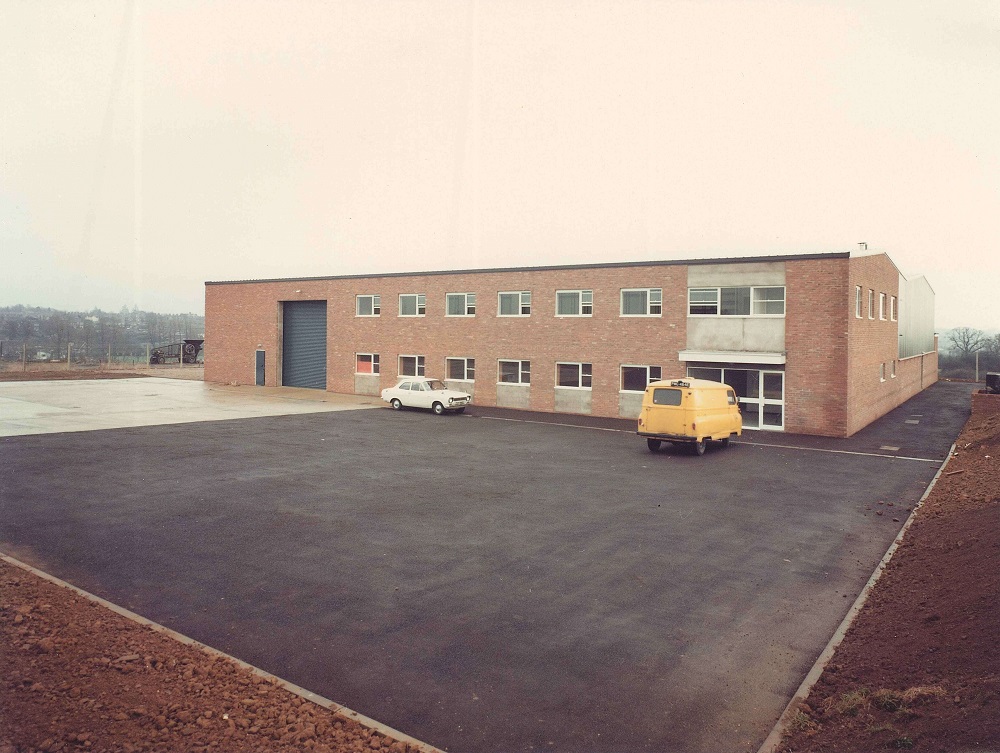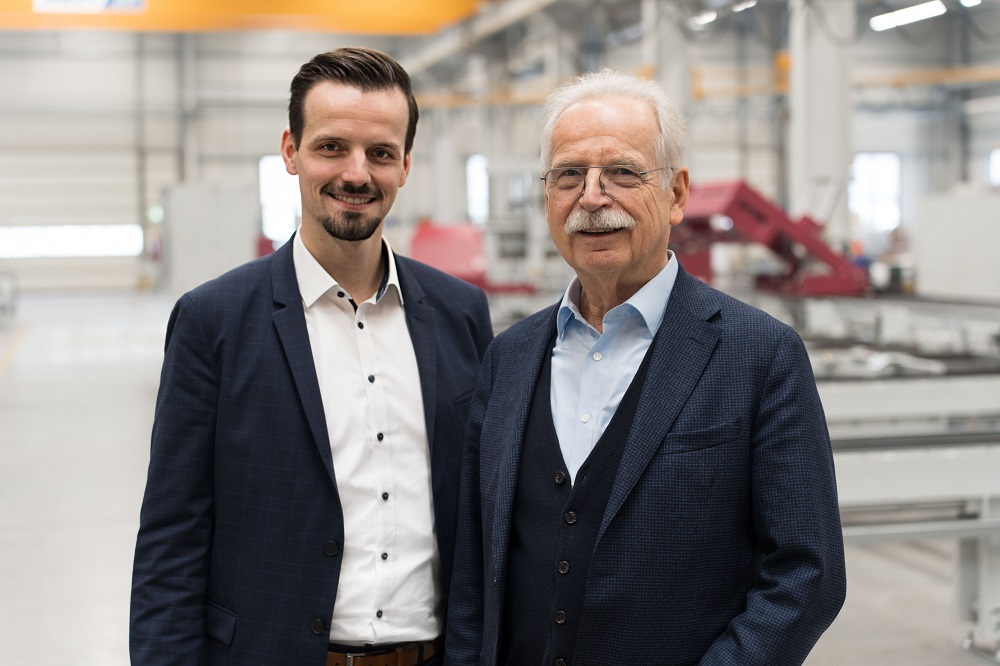At the ninth edition of Behringer’s three-day ‘Steeldays’ in-house exhibition, the company welcomed more than 700 guests from 25 nations.Among the highlights was a new machine control, BehrCtrl10. In co-operation with Siemens, Behringer now has a uniform control concept for band and circular saw machines. The development phase focused on ease of use. Here, the newauto-feed control with its extensive material and tool database, means sawing machine automatically sets the appropriate technology parameters.
In the area of aluminium, Behringer presented a fully automated sawing and processing solution for handling continuous cast aluminium with an initial length of 7 m. At Steeldays, the ingots were cut to lengths of 1 m, with the first cuts disposed of and transported to an automatic lathe via a transfer line. A gripper then transported the peeled bars into an ultrasonic tank and then set them down on pallets.
Automatic aluminium circular saws from Behringer Eisele enable saw cuts every second. The VA-L 560 NC3 XL, for instance, can cut diameters of up to 240 mm at high speed while still conserving resourcesas the remnant length is just 50 mm. Connected to the automatic aluminium circular saw, technology partner JTA Connection demonstrated a driverless transport system with a robot cell. The AGV picked up the box with cut aluminium pieces from the automatic circular saw and transported them to the cell, where the robot removed the sections individually from the AGV.
Also creating a good impression on visitors was a large band saw in gantry design with two saw heads. The enormous dimensions of 4.4 m in height, a width of 8 m and the 24 m long material table was a sight to behold.
For further information www.behringer.net



















